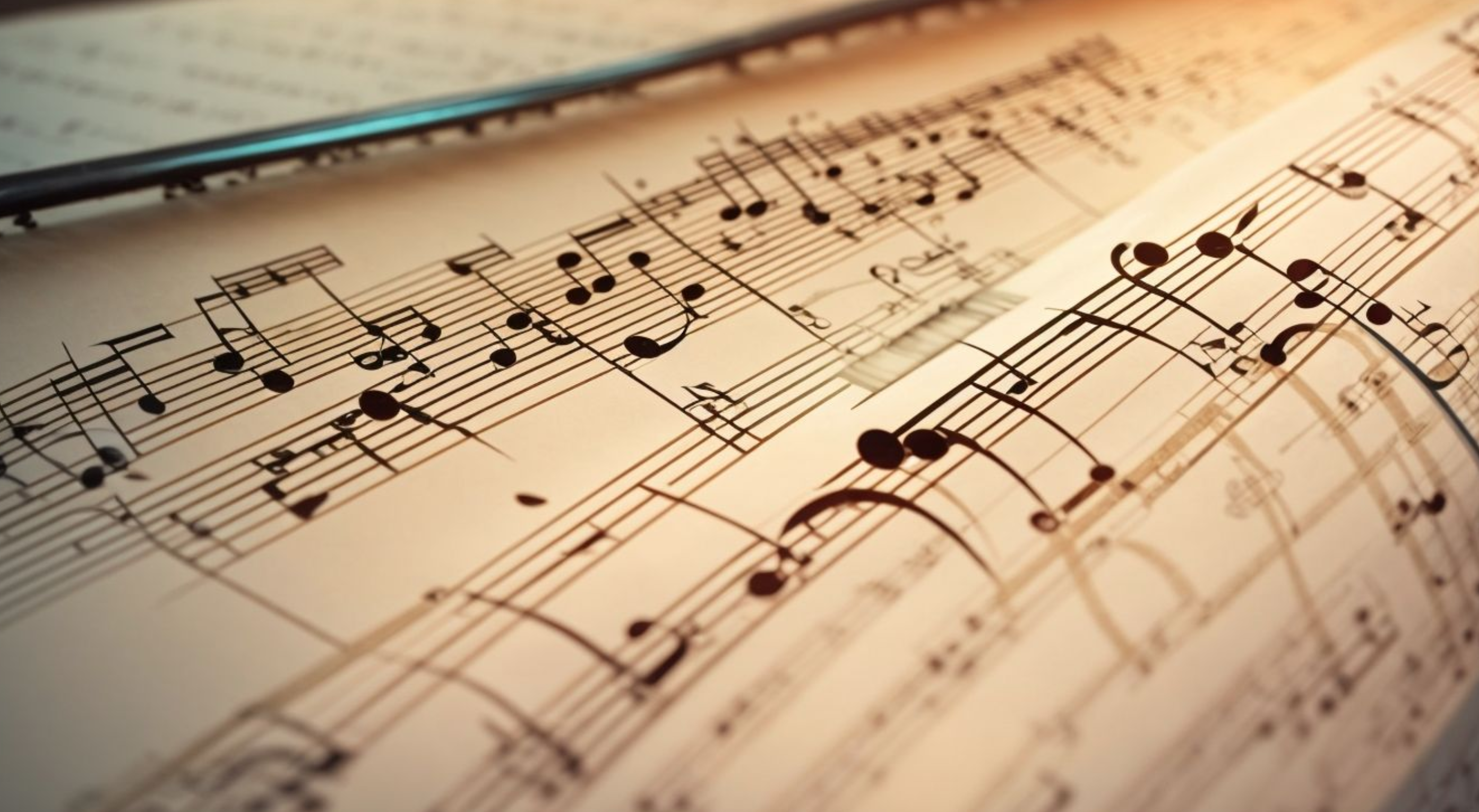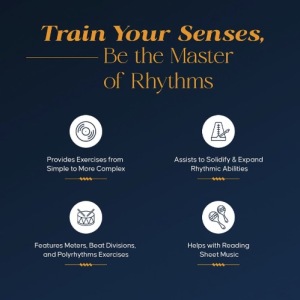Introduction to Sheet Music Reading
Learning to read piano sheet music is like acquiring a new language—it opens doors to a world of musical expression. For beginners, the array of symbols, notes, and markings can seem overwhelming, but with the right approach, you can significantly improve your reading speed and accuracy. Whether you're tackling beginner sheet music or aspiring to play some famous free sheet music, developing efficient reading skills will make your musical journey smoother and more enjoyable.
This guide provides practical, actionable tips to help you read sheet music faster. We’ll cover foundational techniques, memory aids, and even how practicing with sheet music can accelerate your progress.

Understanding the Basics of Sheet Music
Before mastering speed-reading techniques, a solid foundation is key.Piano sheet music consists of several key components:
- The Staff: In sheet music, the staff is the framework of five lines that organize pitch and rhythm.
- Clefs:The treble clef notates the upper register, whereas the bass clef structures the lower frequencies.
- Notes and Rests: Symbols indicating pitch and duration.
- Time Signature: Defines the rhythm (e.g., 4/4, 3/4).
- Key Signature: It’s the composer’s way of saying,in this piece, these notes will be altered.
For those just starting, beginner sheet music often simplifies these elements, making it easier to focus on note recognition and rhythm.
Techniques to Read Sheet Music Faster
1.Ear before eye: Understand the music aurally before tackling the notation
Before playing, spend some time listening to the piece multiple times. This will help you internalize the main melodies and structure, making it much easier when you finally sit down to read the notes. You'll gain confidence while saving valuable practice time.
2. Recognize Patterns, Not Just Individual Notes
The foundation of music lies in recurring patterns—scales, chords, and arpeggios. Instead of reading every note separately, train yourself to see these shapes. For example, famous piano songs like "Für Elise" or "Moonlight Sonata" contain recurring motifs. Once you identify them, your reading becomes more intuitive.
Practical Exercise:
- Pick a simple piece from our collection of beginner sheet music.
- Highlight repeated phrases or chord progressions.
- Play them multiple times until your fingers memorize the movements.
3. Use Landmark Notes for Faster Navigation
Master a few crucial 'landmark' notes, and the rest will fall into place around them. A few key landmarks:
- Middle C sits on a short line (ledger line) bridging the gap between treble and bass clefs.
- Treble Clef G (the second line from the bottom).
- Bass Clef F In bass clef, the F note lives directly on the line that passes between the clef's two dots - the second line from the top.
By memorizing these, you can infer nearby notes without counting lines and spaces every time.
4. Practice Rhythmic Clapping Before Playing
In piano sheet music, rhythm comprehension solves half your problems. Before touching the keys, clap or tap the rhythm while counting aloud. This trains your brain to process timing separately from pitch, making it easier to combine both when playing.
Apply what you’ve learned to the first bars of 'Ode to Joy,' a simple melody widely available in free beginner sheet music.
Applying Skills to Famous Piano Songs
One of the best ways to improve is by practicing real music. Here’s how to approach famous piano songs efficiently:
1. Start with Simple Arrangements
Many classical and pop pieces have simplified versions. Even as a beginner, you can play iconic melodies! Simplified sheets for 'Für Elise' and 'River Flows in You' let you sound impressive quickly. These allow you to focus on reading without being overwhelmed by complexity.
2. Break the Piece into Sections
Divide the music into small chunks (e.g., 4-8 measures). Like building blocks, solidify each section before adding the next. This method prevents frustration and reinforces memory.
3. Analyze the Structure
Most famous piano songs follow a predictable form (e.g., verse-chorus or A-B-A). Recognizing these sections helps anticipate what’s coming, reducing hesitation.
Advanced Tips for Speed Reading
Once you're comfortable with basics, these strategies will further enhance your fluency:
1. Sight-Reading Daily
Dedicate 5-10 minutes daily to sight-reading new material. Over time, your brain will process notation faster.
2. Memorize Common Chord Progressions
Many famous piano songs use I-IV-V or ii-V-I progressions. Recognizing these in sheet music lets you predict upcoming harmonies.
3. Read Ahead While Playing
Train your eyes to look a measure or two ahead of what you’re playing. This prevents pauses and keeps the music flowing.

Conclusion
Reading piano sheet music faster is a skill built through consistent practice and smart strategies. By focusing on patterns, using landmarks, and applying these techniques to free beginner sheet music and famous piano songs, you’ll see steady improvement. Remember,Notes on a page are stars to sail by, not hurdles to fear. Make music, not measurements.
Ready to start? Explore our beginner-friendly sheet music collection and put these tips into action today!












